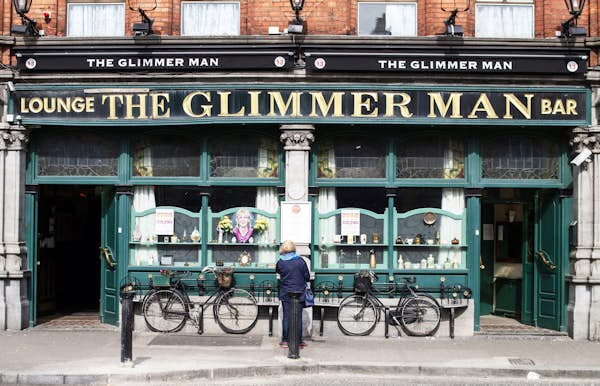
Dublin is Ireland’s largest and liveliest city, with neighborhoods that have little intricacies and quirks to uncover during your visit.
It’s also easy to get around on foot or by bike, so you’ll have no problem seeing the best the city has to offer wherever you base yourself. Everything in Dublin starts from the meandering mid-point that is the River Liffey, which splits the city into north and south zones. All the odd-numbered postal districts are on the Northside while the even-numbered districts are on the Southside. Sometimes wider areas can just be referred to by their number (ie Dublin 7, Dublin 8) so this can be handy information to help orientate yourself.
Whether you’re here for the history, the culture or the craic, here’s a rundown of some of the best neighborhoods in Dublin for your next stay.
Make the most out of every adventure with help from our weekly newsletter delivered to your inbox.
1. Stoneybatter is Dublin’s hip hub
Best for gay culture and good pubs
Where working-class Dubliners share streets with hipster newcomers, Stoneybatter in Dublin 7 has become the “gayborhood” of Dublin (though there’s a rival claim from the larger Dublin 8 district on the other side of the river). In the heart of the neighborhood, Carnew St is a bit of a destination in itself for travelers of a certain age, famed as a filming location for the Spice Girls’ Stop music video. You may spot super fans making the pilgrimage here to snap a selfie, while others gaze on with puzzled expressions.
It’s a great place for food: the postcard-perfect provisions spot Lilliput Stores should be your first stop, followed by a trip to Love, Supreme for oat-milk flat whites and epic sausage rolls. Book brunch at Slice and dinner at Grano, Ramen Co or the bustling L Mulligan Grocer. Finish by stopping by any one of the agreeable local pubs in the area. Top picks include The Belfry, The Glimmer Man and Walshs – a particularly handsome Victorian pub retaining many traditional features and offering one of the best “snugs” in the city.
If you can find accommodations, Stoneybatter is a great place to stay (try on Airbnb to start). The area is a warren of petite terraced streets – what the houses lack in space they more than make up for by having the city on the doorstep and Phoenix Park as a garden.
Planning tip: Struggling to find somewhere to sleep in Stoneybatter? Nearby Smithfield has a lot more options for overnight stays.
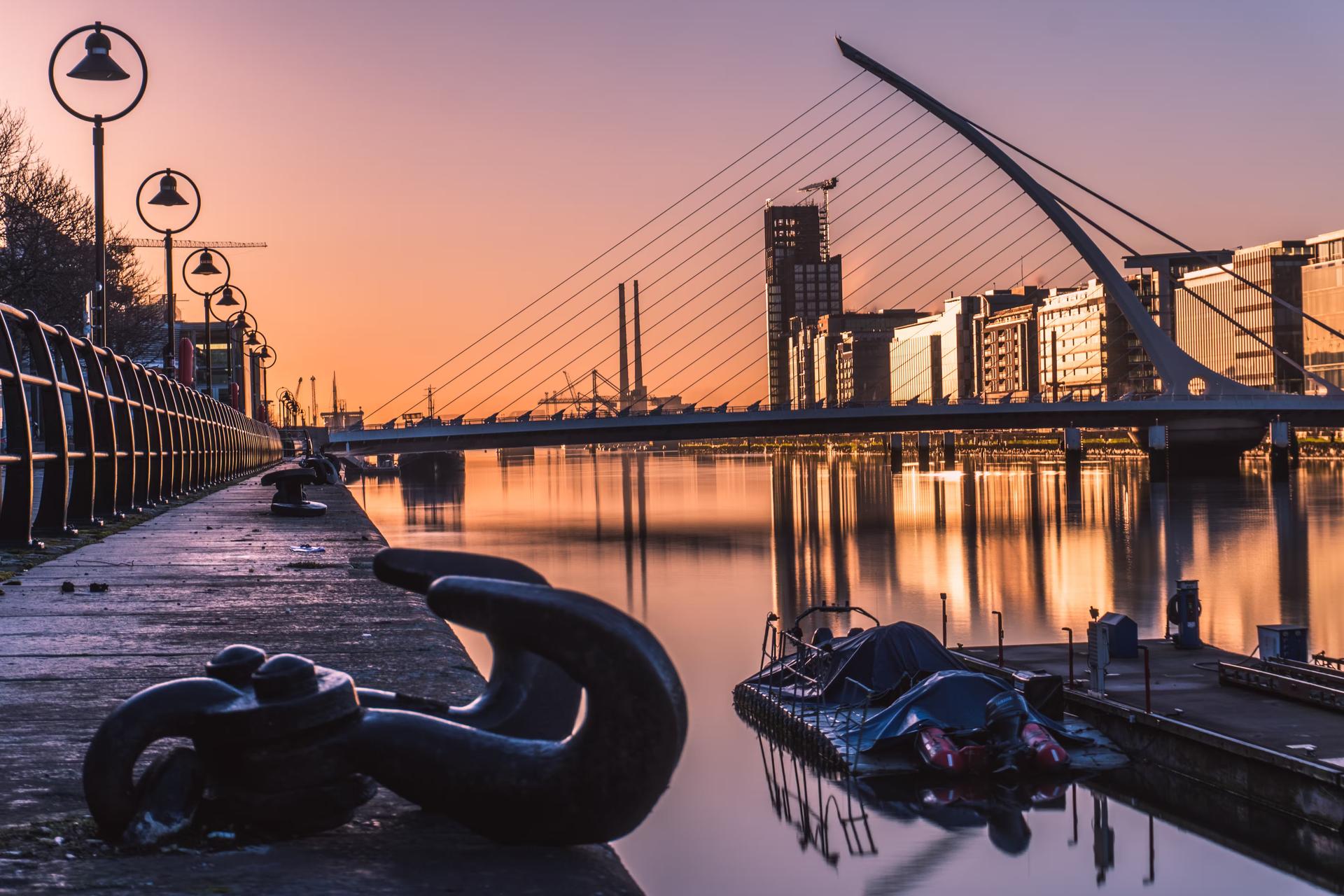 The revamped Silicon Docks area is the new face of Dublin © Michael Kellner / Shutterstock
The revamped Silicon Docks area is the new face of Dublin © Michael Kellner / Shutterstock
2. Silicon Docks is full of surprising cultural draws
Best for seeing the new face of Dublin
East of the city center, the business district – usually known as Silicon Docks – sprawls across the Dublin Docklands, and has its own merits as a place to explore. Encompassing the International Financial Services Centre (IFSC) in Dublin 1 and the Grand Canal area in Dublin 2 with the Samuel Beckett Bridge in between, this area has become the home of choice for many tech giants, banks and global insurance firms over the last 20 years.
What may seem corporate and soulless on paper is actually quite engaging in the flesh, with big entertainment and cultural draws in the form of the 3 Arena and Bord Gais Energy Theatre as well as Epic: The Irish Immigration Museum and the Jeanie Johnston replica famine ship.
Planning tip: Being the tech and business hub of the city brings another advantage: a good selection of comfortable, modern hotels, most of which have opened in the last decade. Some great places to check in include The Mayson, The Marker and Beckett Locke.
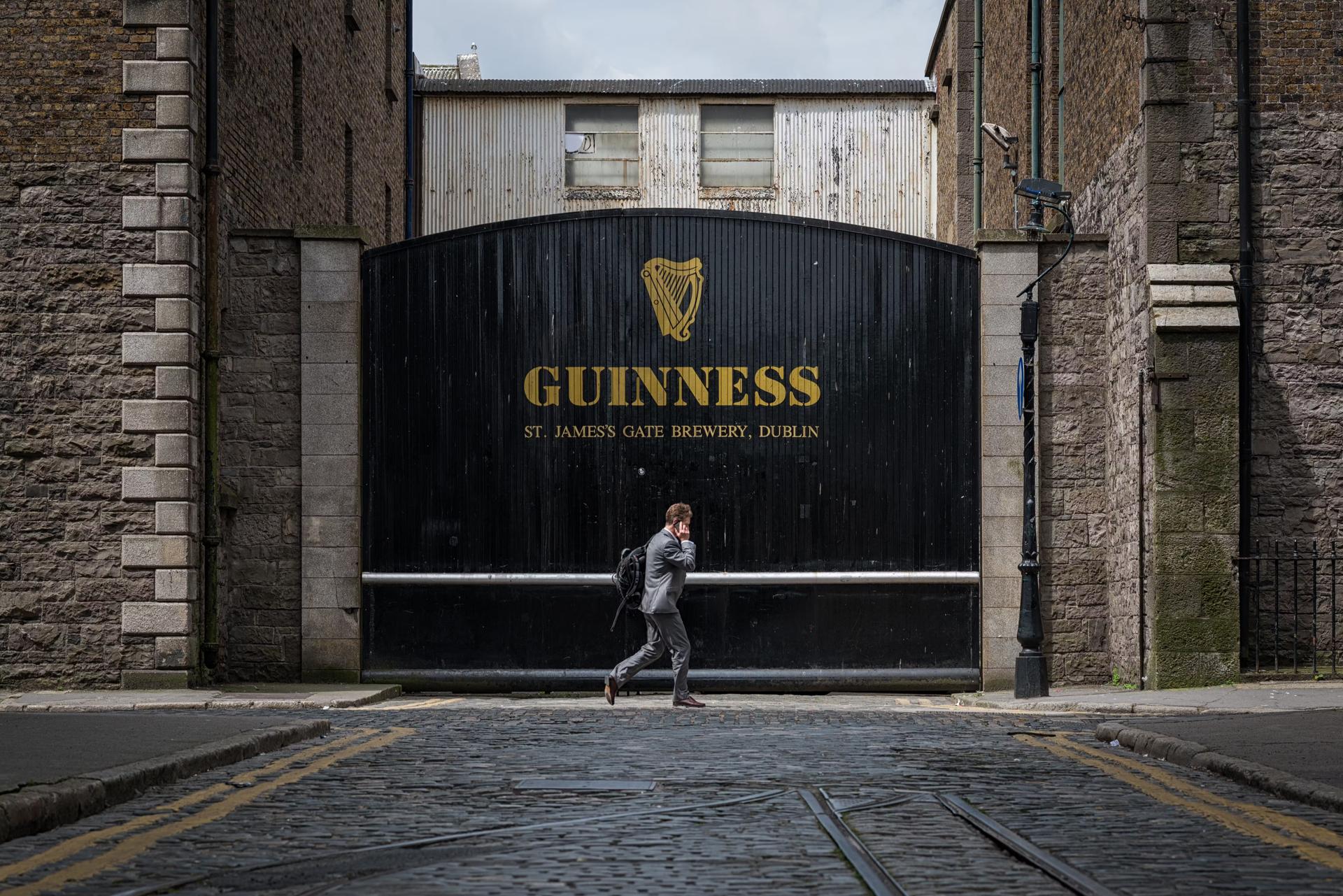 The iconic gates to the Guinness brewery are a Dublin landmark © Evan Hammonds / 500px
The iconic gates to the Guinness brewery are a Dublin landmark © Evan Hammonds / 500px
3. The Liberties is full of old Dublin charm
Best for brewery and distillery tours
The smell of roasted barley can often be detected on the streets of one of the city’s oldest, most historic precincts in Dublin 8. Originally set beyond the protection of the walls of the medieval city, the area known as The Liberties is “Auld Dublin” through and through. Though the area has been through significant changes in the last decade or two, an authentic spirit endures.
This famous distilling and brewing district is anchored by the behemoth that is the Guinness brewing company, with more than a million visitors filing through the gates of its popular Storehouse (or investigating its more experimental arm, the Open Gate Brewery) every year. You’ll also find newer, state-of-the-art brewers and distilleries such as Teeling Distillery, Pearse Lyons Distillery and Roe & Co.
Meath and Thomas Sts are the main arteries and hotels are voraciously eating up real estate here, with new openings every few months, sometimes to the detriment of local cultural and architectural landmarks (although this phenomenon is not isolated to this quarter of the city). Try to nab a booking at tiny Michelin-star-awarded dining room, Variety Jones or the big, beautiful, gastropub, Spitalfields, for lavish comfort food and warm, friendly service.
Casual bites are brilliant at cafe-stores Fumbally and Hen’s Teeth, both teeming with wares from local Irish producers, displayed in industrial-chic spaces. Iconic live music venue Vicar Street is also found here, and good pubs are dotted throughout the neighborhood, from enduring classics such as Fallon’s and The Lamplighter to more recent openings such as Lucky’s, Dudley’s, Magnet, Tenters and Anti-Social.
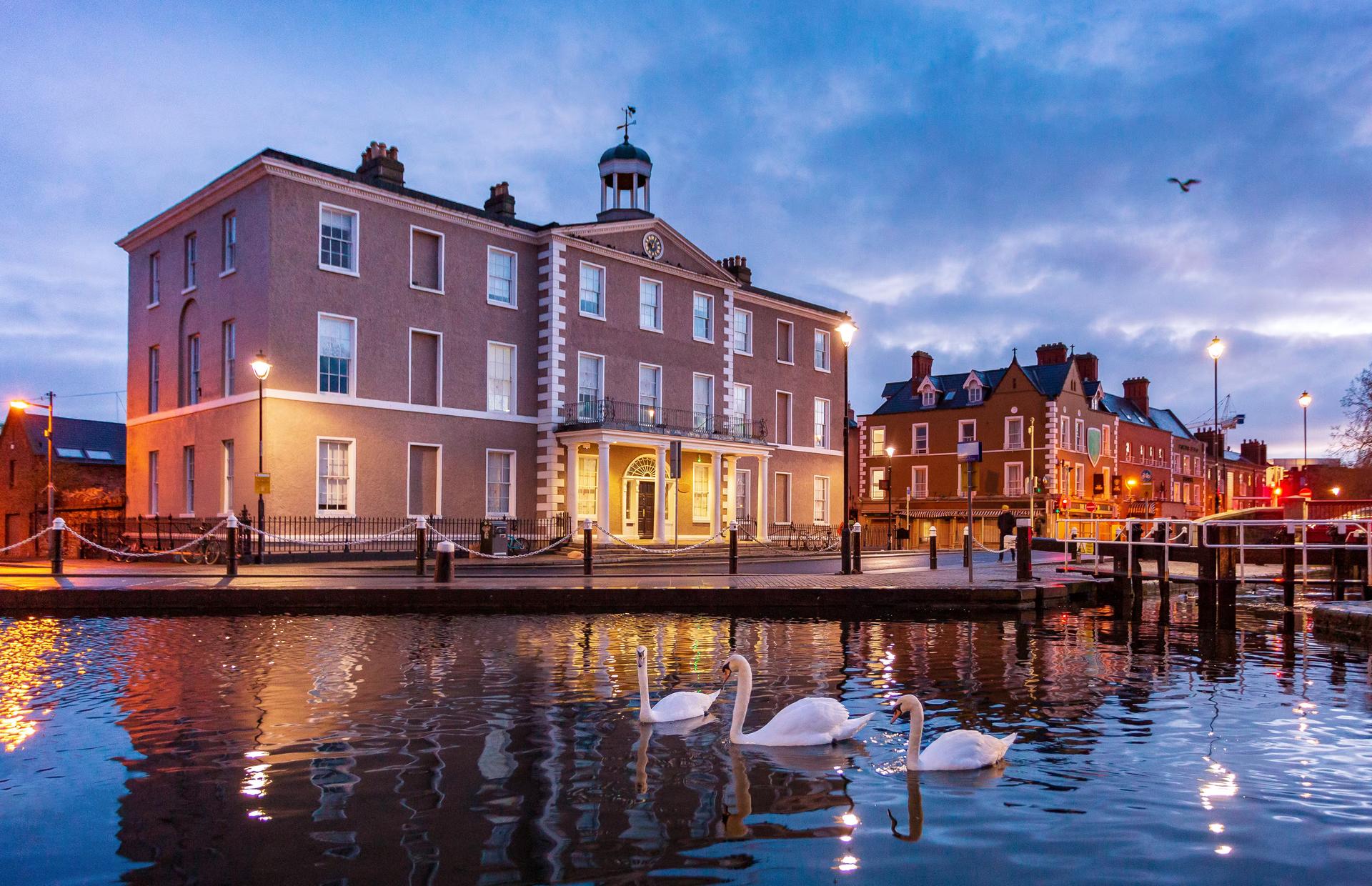 Portobello is packed with great places to eat © Lukas Fendek / Shutterstock
Portobello is packed with great places to eat © Lukas Fendek / Shutterstock
4. Portobello is Dublin’s most diverse dining hub
Best for food and drink
Trace a semi-straight line from Dame St all the way to the Grand Canal and you’ll hit the most vibrant eating and drinking hub in Dublin, Portobello in Dublin 8. Aungier and Camden Sts are where you’ll find many of the city’s most popular, modern and effortlessly cool players, such as Uno Mas, Bunsen, Delahunt, Sprezzatura and Mister S. For Asian treats, try Hang Dai, Big Fan Bao or Pickle.
Drinkers are well served by wine bars such as Frank’s and Table Wine. Further towards the canal, gourmet neighborhood restaurants pop up every couple of streets. Check out Locks, Richmond, Gaillot et Gray and Clanbrassil House, as well as Bastible and, slightly further out towards Terenure, Craft. For more casual daytime dining, choose the likes of Bibi’s, Alma and Brother Hubbard.
Planning tip: If you’re serious about tasting the best of Dublin, a word of advice: get your spreadsheet out and make bookings early, because you’ll be elbowing for space with locals, and evening and weekend tables can be hard to come by. The Portobello neighborhood is more long-term residential than a base for short stays; look to the perimeter of the neighborhood for hotels around Charlemont, Harcourt St and Christchurch.
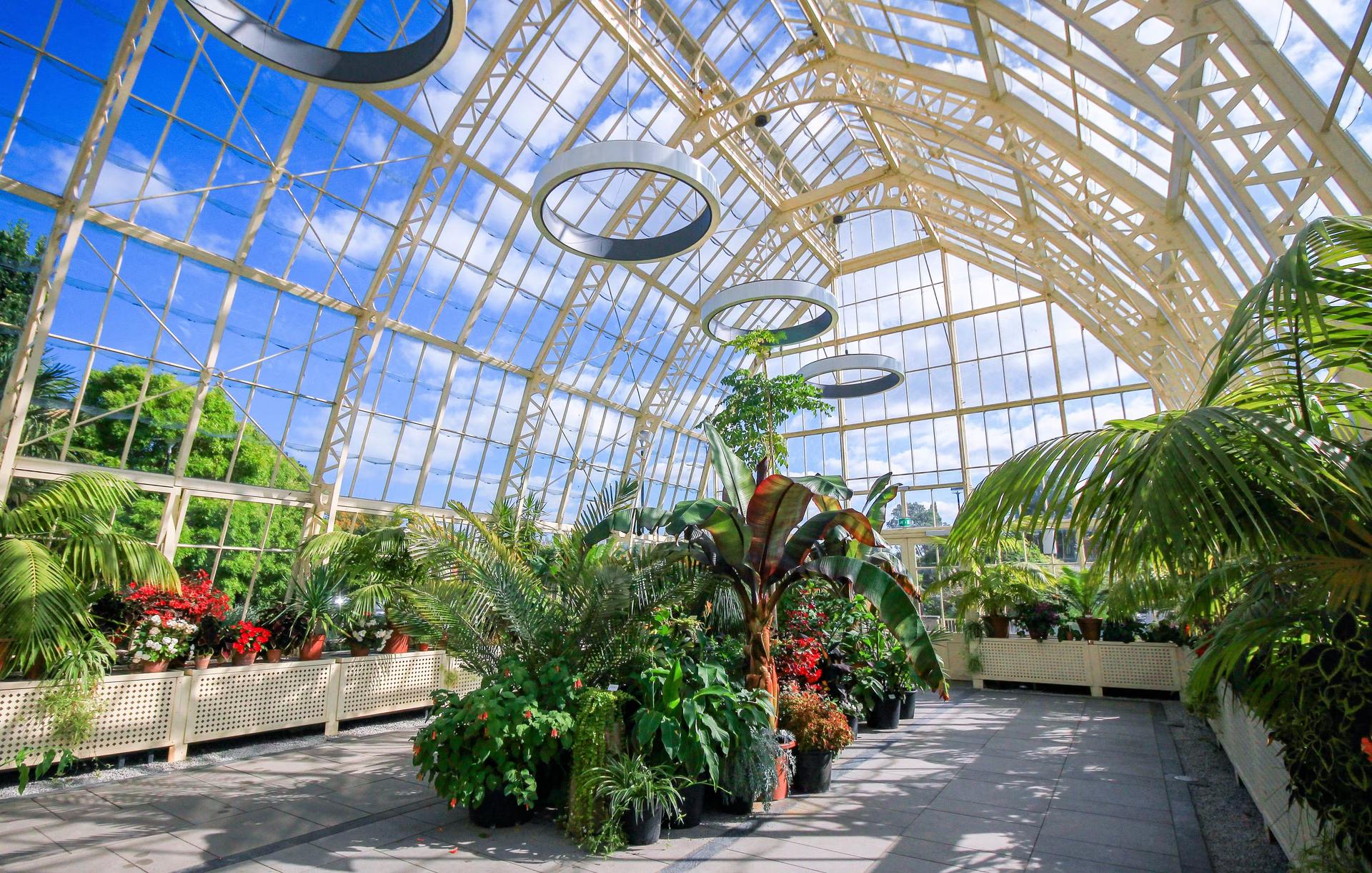 The elegant glasshouse at the National Botanic Gardens at Glasnevin is a Dublin landmark © Davi Costa / Shutterstock
The elegant glasshouse at the National Botanic Gardens at Glasnevin is a Dublin landmark © Davi Costa / Shutterstock
5. Phibsborough is up-and-coming with the younger crowd
Best for a student vibe
Set between the city center and the leafier northern suburbs, once-overlooked Phibsborough (Phibsboro) in Dublin 7 is coming into its own, with a diverse set of local residents and a quietly evolving dining scene. It’s located between two big university campuses, and a mix of students, young professionals and families call this neighborhood home. Sights worth visiting include the historic Glasnevin Cemetery and the National Botanic Gardens. Also set aside time for a brisk stroll along the Royal Canal Greenway, which runs all the way to the Docklands.
Sports fans should take in imposing Croke Park, the home and headquarters of the Gaelic Games Association (GAA). Inside is a sports museum and you can take stadium tours and “skyline” trips along the top of the stands. For eats, Melbourne meets London in popular brunch and coffee spot Two Boys Brew. A younger crowd gathers at the Bernard Shaw pub and the adjoining Eatyard street food market. Elsewhere, find great plates at American-influenced joint Loretta’s and gastropubs such as Botanic House and Doyle’s Corner.



